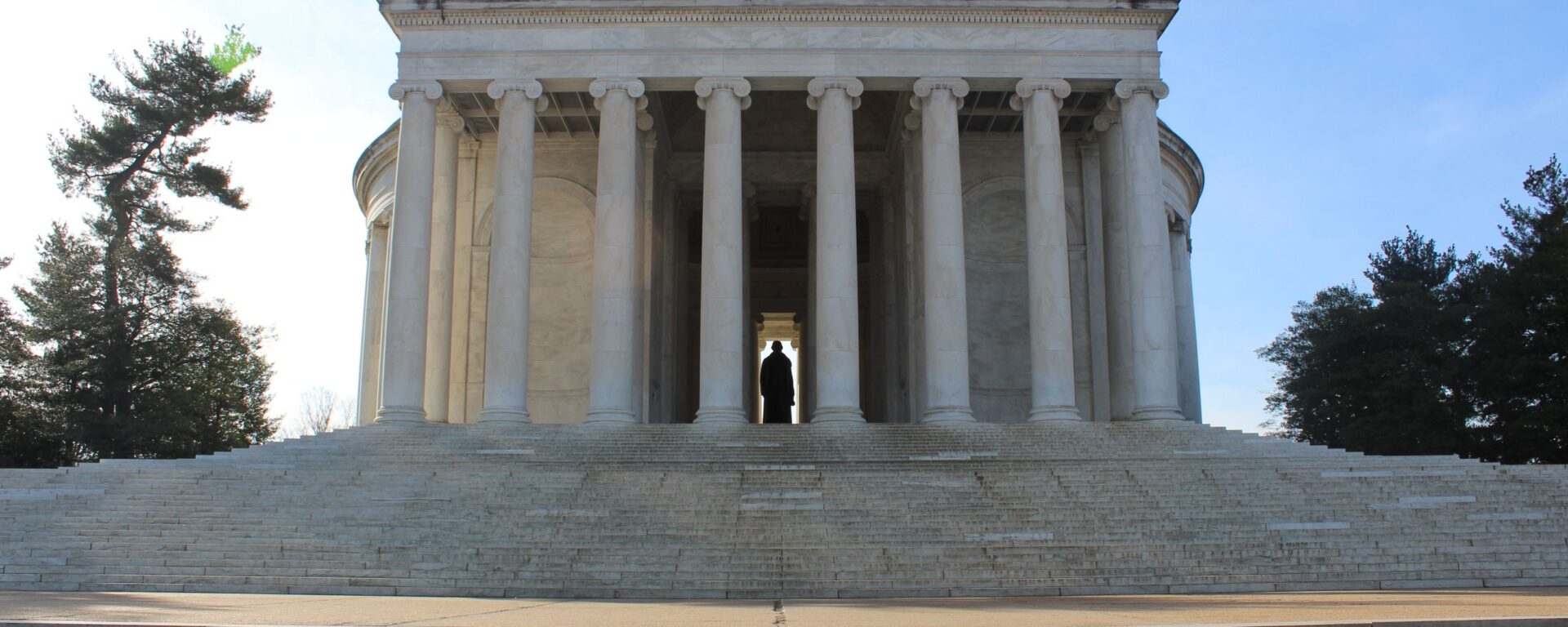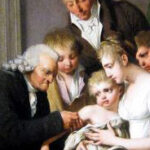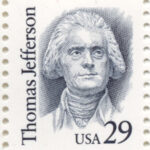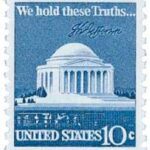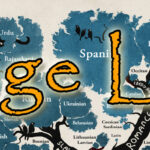“The care of human life and happiness, and not their destruction, is the first and only legitimate object of good government.”
South of the White House, on land that was reclaimed from the Potomac River in the late 19th century, stands the memorial to Thomas Jefferson. It doesn’t have good parking and it can be tricky to walk to on foot, but the Jefferson Memorial remains one of the most popular monuments in D.C.

The site was originally intended to be a memorial for Theodore Roosevelt, but Congress never funded the project. It wasn’t until 1934, when Franklin Roosevelt began lobbying for a monument to Jefferson, whom he greatly admired, that momentum began to build for a monument to Jefferson. Architect John Russell Pope, who had previously designed the National Archives Building and the National Gallery of Art, was chosen to design the memorial. Jefferson was an architect and Pope drew from Jefferson’s previous work on his home, Monticello, and the Rotunda at the University of Virginia. Another major inspiration was the Pantheon in Rome, which influenced Jefferson’s designs as well.
Pope passed away before construction began, but work continued with Roosevelt’s support despite opposition to the project from the public. The Commission of Fine Arts opposed the location and design of the memorial, and many in the public opposed the project because it would uproot a large number of cherry and elm trees. Arguments persist to this day over the aesthetics of the memorial.

The sculptor chosen to render Jefferson was D.C. native Rudolph Evans. Evans studied at the Beaux-Arts school in Paris alongside Rodin and Saint-Gaudens. He completed the sculpting of the statue but could not cast it due to material shortages during WWII. Roosevelt officially dedicated the monument on Jefferson’s 200th birthday, April 13, 1943. Because not enough bronze was available to cast the statue at this time, Evans’ plaster cast was painted to look like bronze until the final statue could be installed in 1947.
Jefferson’s contributions to the United States are numerous and far reaching. Perhaps his greatest contribution was the Declaration of Independence. Jefferson was part of the Committee of Five which drafted the Declaration. Jefferson was chosen to be the primary author by the other committee members who included Benjamin Franklin, John Adams (first vice president and second president), Roger Sherman (signer of the Declaration of Independence, Articles of Confederation, and the Constitution), and Robert Livingston (negotiator of the Louisiana Purchase).

During the American Revolution, Jefferson served as a state representative in Virginia and as governor. Following the war, he was appointed as a member of congress under the Articles of Confederation. This congress sent him to France as a foreign minister, where he was reunited with Adams and Franklin. When he returned to the United States, the Constitution had been passed and Washington was president. He was appointed the first Secretary of State but would retire after two years, likely to focus on his political goals.

In the 1796 election (the first after Washington), John Adams was elected president and Thomas Jefferson was elected as vice president. This is the only time when the president and vice president were from different parties. Although Jefferson and Adams had once been close friends, they were now emblematic of the philosophical divide growing across the country. Adams was a Federalist and believed in a strong central government. Jefferson was a Democratic-Republican and believed in states’ rights and a weak central government.

These divisions continued to play out in the 1800 election. In addition to being one of the most acrimonious elections in history, it was also the only election with a tie vote in the electoral college. The tie between Jefferson and Aaron Burr was decided by the House of Representatives in Jefferson’s favor. This was also one of the first times in modern history in which power was peacefully transferred from one political party to another.
One of the greatest achievements of Jefferson’s presidency was the purchase of the Louisiana Territory from Napoleon and the expedition of Lewis and Clark to explore it. Jefferson initially wanted to buy the city of New Orleans and the surrounding area, but Napoleon offered him the whole territory to finance his wars against Britain. His second great achievement was putting an end to the international slave trade in the United States.
Jefferson didn’t run for a third term. After the presidency he founded the University of Virginia. He not only designed the curriculum for the school, he also designed the buildings and served as the first rector when the school opened. Following the burning of the Capitol in 1814, he sold his vast personal library (over 6000 books) to the Library of Congress. He had reestablished his friendship with John Adams in 1812. Both men corresponded for the next 14 years, and both died on July 4, 1826 – 50 years after both had helped draft the Declaration of Independence.
Jefferson was a man of contradictions. He spoke out against slavery publicly, but privately he owned more than 500 slaves in his lifetime. He helped support the slave rebellion in Haiti, creating the second republic in the Americas, but refused to grant it diplomatic recognition. He advocated for a weaker federal government, but in his presidency he continued to strengthen executive power. That said, Jefferson’s contributions to the United States cannot be understated. He doubled the size of the country with the Louisiana Purchase. He defined the politics of the United States for a generation and influenced all of the great minds of his time.

Resources used for this article:
https://en.wikipedia.org/wiki/Jefferson_Memorial
https://en.wikipedia.org/wiki/Thomas_Jefferson
https://www.nps.gov/nr/travel/wash/dc73.htm
https://www.nps.gov/nr/travel/presidents/thomas_jefferson_memorial.html
http://mentalfloss.com/article/78382/12-things-you-didnt-know-about-jefferson-memorial
